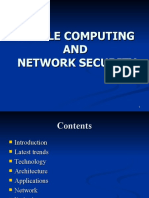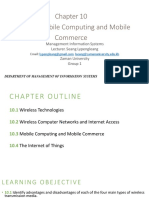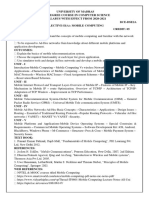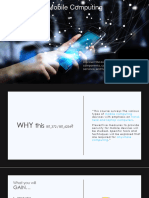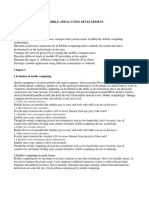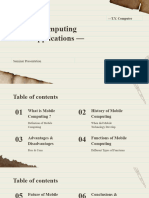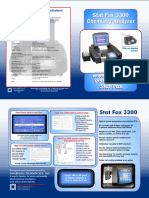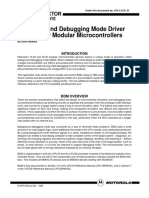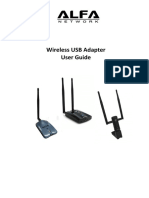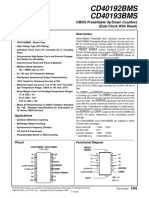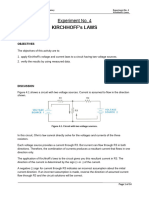0% found this document useful (0 votes)
12 views14 pagesChapter 1
The document introduces wireless communication and mobile computing as transformative technologies that enhance connectivity and computational capabilities in modern society. It outlines various services and applications across communication, data, entertainment, and health sectors, emphasizing their impact on daily life and industries. Additionally, it distinguishes between wireless communication and mobile computing while highlighting their interdependence and integration in enhancing user experiences.
Uploaded by
eshetyemesafintCopyright
© © All Rights Reserved
We take content rights seriously. If you suspect this is your content, claim it here.
Available Formats
Download as PPTX, PDF, TXT or read online on Scribd
0% found this document useful (0 votes)
12 views14 pagesChapter 1
The document introduces wireless communication and mobile computing as transformative technologies that enhance connectivity and computational capabilities in modern society. It outlines various services and applications across communication, data, entertainment, and health sectors, emphasizing their impact on daily life and industries. Additionally, it distinguishes between wireless communication and mobile computing while highlighting their interdependence and integration in enhancing user experiences.
Uploaded by
eshetyemesafintCopyright
© © All Rights Reserved
We take content rights seriously. If you suspect this is your content, claim it here.
Available Formats
Download as PPTX, PDF, TXT or read online on Scribd
/ 14

















